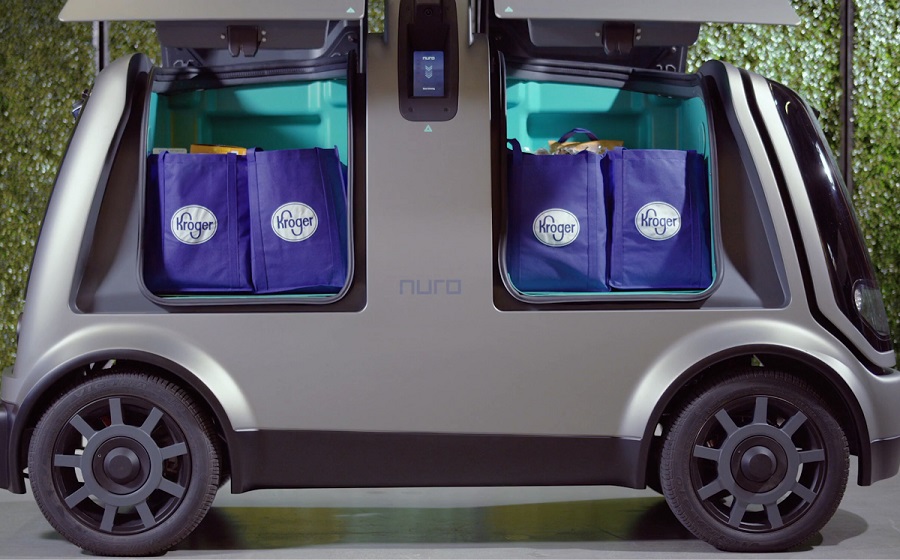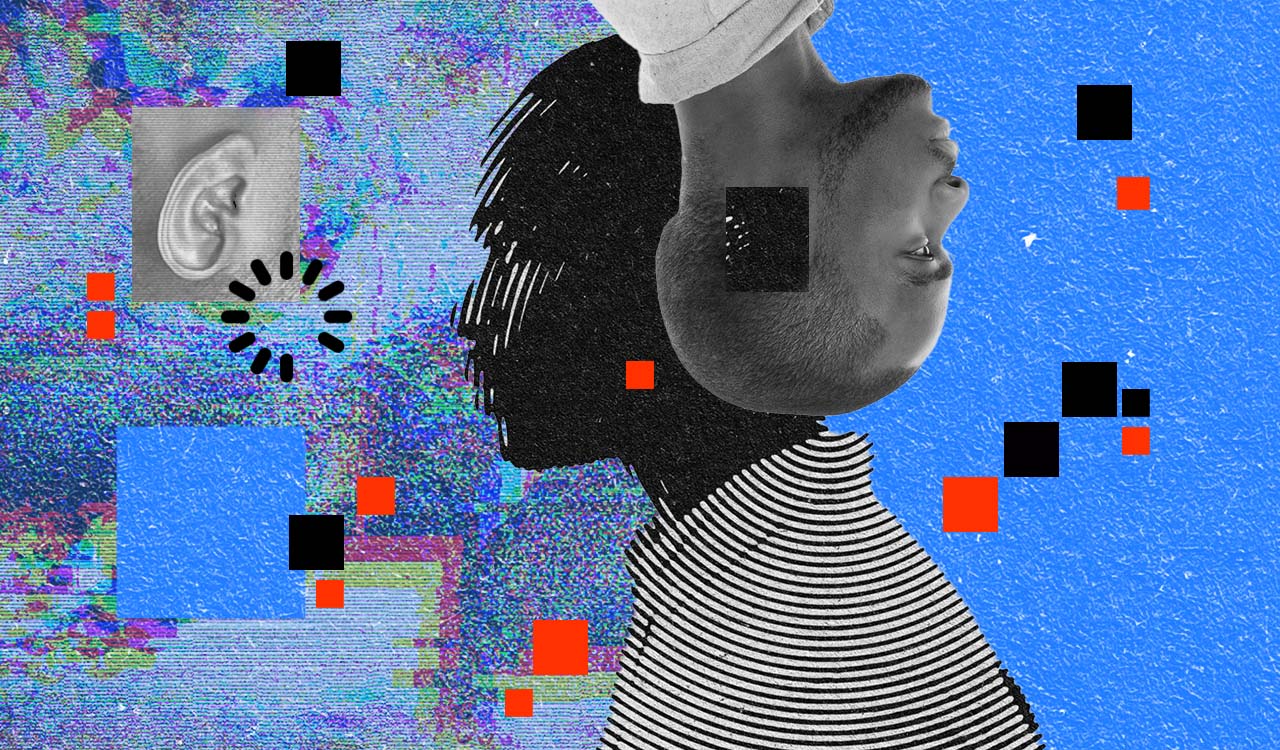Every now and then news crosses my desk that seems so unlikely that I suspect it might be a hoax.
Of course, that happens with alarming frequency when it comes to political news, but in this instance, I’m referencing business news. Specifically, I was startled by the news that supermarket operator Kroger and Nuro have formed an alliance aimed at using driverless cars to deliver groceries. Maybe that’s possible, but there are many challenges standing between such an idea and its realization. Conversely, I recall many aspects of technology that used to be called “a solution in search of a problem” that are now integral parts of our lives.
Moreover, Nuro, although little known, isn’t without development resources. Early this year, Nuro attracted a total of $92 million in startup funding from an investment fund in China and another in Silicon Valley. Kroger is not providing any funding to the venture.
The Nuro car is an interesting device. It’s about half the size of a small conventional sedan. It’s rectangular with its height being nearly the same as its length. It has what looks like a large handle on its top, which houses some electronics. It looks like a large piece of luggage. The battery-powered car was specifically designed for the delivery of small goods and is not intended to transport passengers.
Last Mile
As might be suspected, the Nuro car is intended to help solve the “last mile” problem; the part of the delivery trip that’s the most costly since it often represents distance traveled for a single delivery. That part of delivery is also prone to failure if, say, the homeowner isn’t around to receive the goods.
Let’s take a look at some of the challenges that driverless-delivery may face:
- Many consumers use grocery-delivery services because they want products brought right into their kitchen. That won’t happen with the Nuro car. In fact, the customer might have to make multiple trips from outside to unload the vehicle.
- How many orders can the vehicle transport? Its capacity is 12 bags of groceries, so at most two orders might be carried. If two orders are to be transported, how can it be assured that the right order goes to the right customer without a driver? The Nuro app unlocks the vehicle, which implies that two small and separate compartments might be required. Not the most efficient or reliable. The onus is on the customer.
- How can perishable product be kept chilled or frozen? Most likely, refrigeration equipment can’t be used since it would sap the car’s battery, limiting its range. Maybe frozen coolant could be used for short runs.
- The system does nothing to solve the problem of going to house where no one is present to receive the order. What will happen to the order if the vehicle isn’t unloaded?
- How accurately can delivery times be predicted?
- How will pedestrians and the driving public react to the little vehicle?
Urban Conundrum
Finally, this type of delivery system and others, such as drones, are useless in densely urbanized areas. In those areas you may as well shoot boxes from a cannon and hope the recipient finds them. But, never say never. Amazon has applied for a patent on a rolling sidewalk robot for use in urban deliveries. But it seems that such a robot would face a lot of challenges too, many of the type we’ve already considered.
As for what this means for retailers of all types, maybe it’s wise to follow or at least consider Kroger’s lead. Kroger is by far the most advanced food and consumables retailer when it comes to developing innovative solutions. You don’t try, you won’t ever discover anything new.
In any case, Kroger plans to test the Nuro system in one unidentified town as soon as this fall. We’ll follow up on this with a field report.





